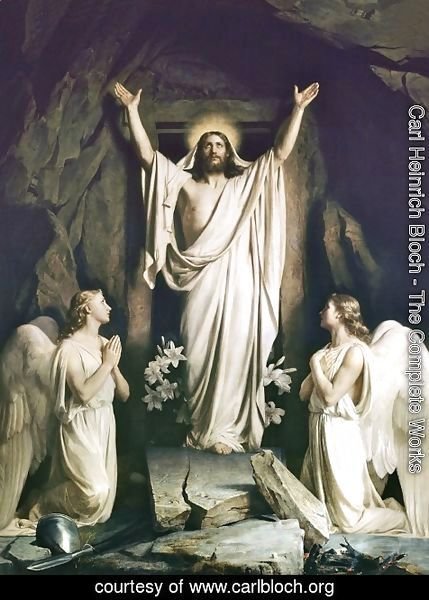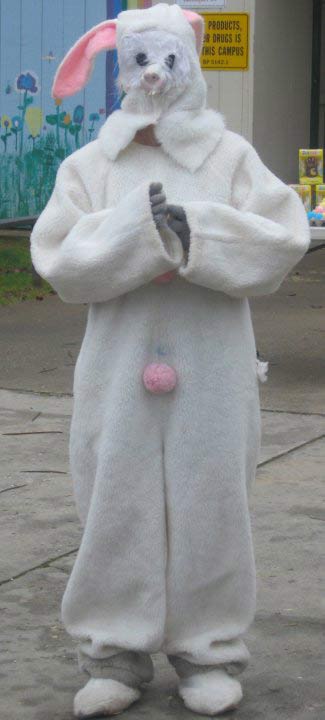As we all know (not), Easter is celebrated on the first Sunday after the first astronomical full moon after the vernal equinox. So what's that all about? There have been entire books written on this subject, so this will be rather cursory, but let me see if I can provide a few basics and links to more.
 |
| Last Supper by Valentin de Boulogne |
Jesus celebrated a
Passover (
wiki) meal with his followers the day before his crucifixion, marked on the Thursday before Easter Sunday. He was crucified on a Friday, known as Good Friday, but rose from the dead on the third day, which was a Sunday, and which Christians decided to celebrate with a feast day.
Their celebrations crossed over with the Jewish festival of Passover, which was fixed by the first full moon following the vernal equinox, the spring date when day and night are of equal length.
Here are some excerpts from
Wikipedia:
Easter and the holidays that are related to it are moveable feasts, in that they do not fall on a fixed date in the Gregorian or Julian calendars (both of which follow the cycle of the sun and the seasons). Instead, the date for Easter is determined on a lunisolar calendar similar to the Hebrew calendar.
The First Council of Nicaea (325 AD) established two rules, independence of the Jewish calendar and worldwide uniformity, which were the only rules for Easter explicitly laid down by the Council. No details for the computation were specified; these were worked out in practice, a process that took centuries and generated a number of controversies.
In Western Christianity*, using the Gregorian calendar, Easter always falls on a Sunday between 22 March and 25 April inclusive, within about seven days after the astronomical full moon.
 |
| "The Resurrection of Christ" by Bloch |
Chambers'
Book of Days has an interesting post on the background controversy, and describes this attempt to resolve it:
At the beginning of the fourth century, matters had gone to such a length, that the Emperor Constantine thought it his duty to take steps to allay the controversy, and to insure uniformity of practice for the future. For this purpose, he got a canon passed in the great (Ecumenical Council of Nice (A.D. 325), That everywhere the great feast of Easter should be observed upon one and the same day; and that not the day of the Jewish Passover, but, as had been generally observed, upon the Sunday afterwards.'
And to prevent all future disputes as to the time, the following rules were also laid down:
'That the twenty-first day of March shall be accounted the vernal equinox.'
'That the full moon happening upon or next after the twenty-first of March, shall be taken for the full moon of Nisan.'
'That the Lord's-day next following that full moon be Easter-day.'
'But if the full moon happen upon a Sunday, Easter-day shall be the Sunday after.'
Of course, it wasn't that easy - the full moon (called the
Paschal full moon) is not an astronomical full moon, but the 14th day of a calendar lunar month. Another difference is that the astronomical equinox is a natural astronomical phenomenon, which can fall on March 19th, 20th or 21st, while the ecclesiastical date is fixed by convention on March 21st.
*Eastern Christianity bases its calculations on the Julian Calendar. Because of the 13-day difference between the calendars between 1900 and 2099, 21 March corresponds, during the 21st century, to 3 April in the Gregorian Calendar. Easter therefore varies between 4 April and 8 May on the Gregorian calendar (the Julian calendar is no longer used as the civil calendar of the countries where Eastern Christian traditions predominate). Also, because the Julian "full moon" is always several days after the astronomical full moon, the eastern Easter is often later, relative to the visible moon's phases, than western Easter.
Among the Oriental Orthodox some churches have changed from the Julian to the Gregorian calendar and the date for Easter as for other fixed and moveable feasts is the same as in the Western church.
















